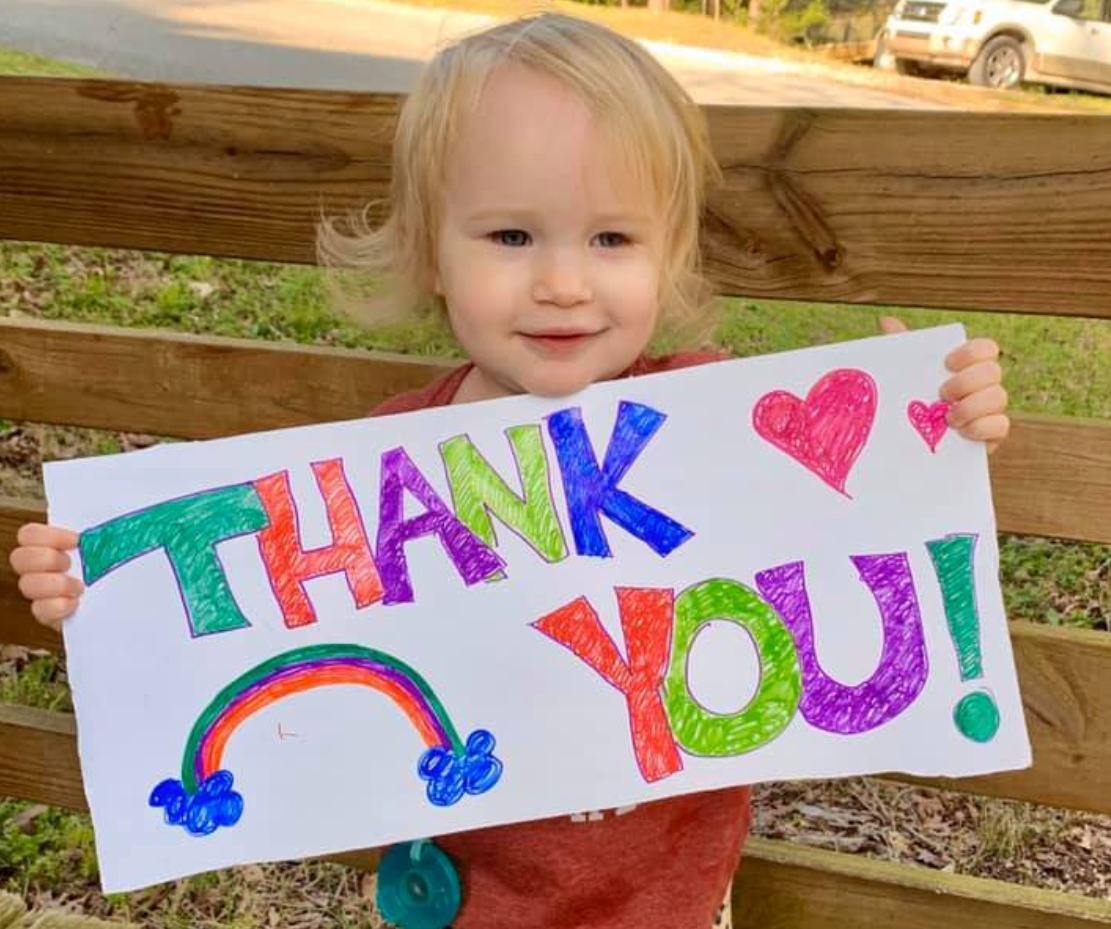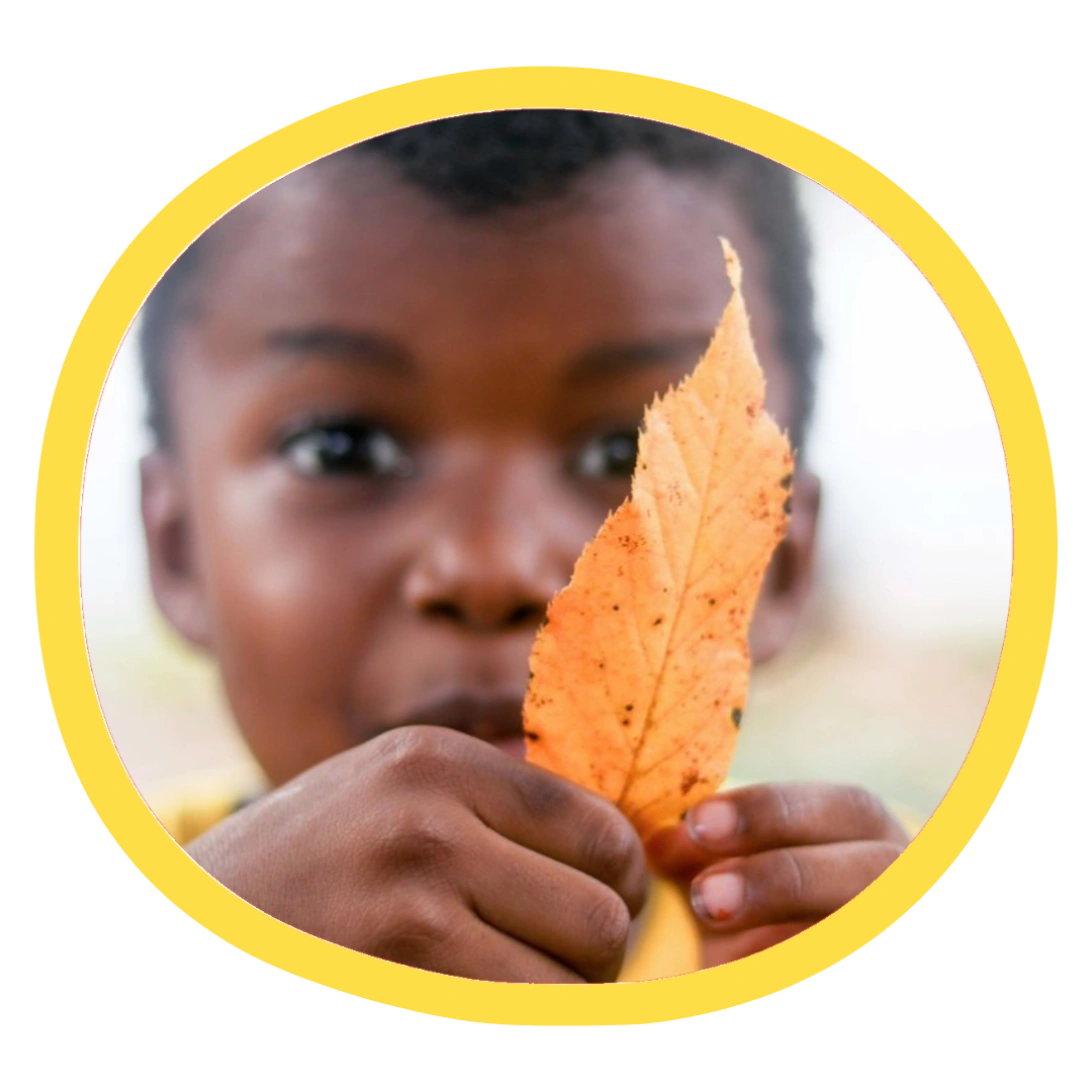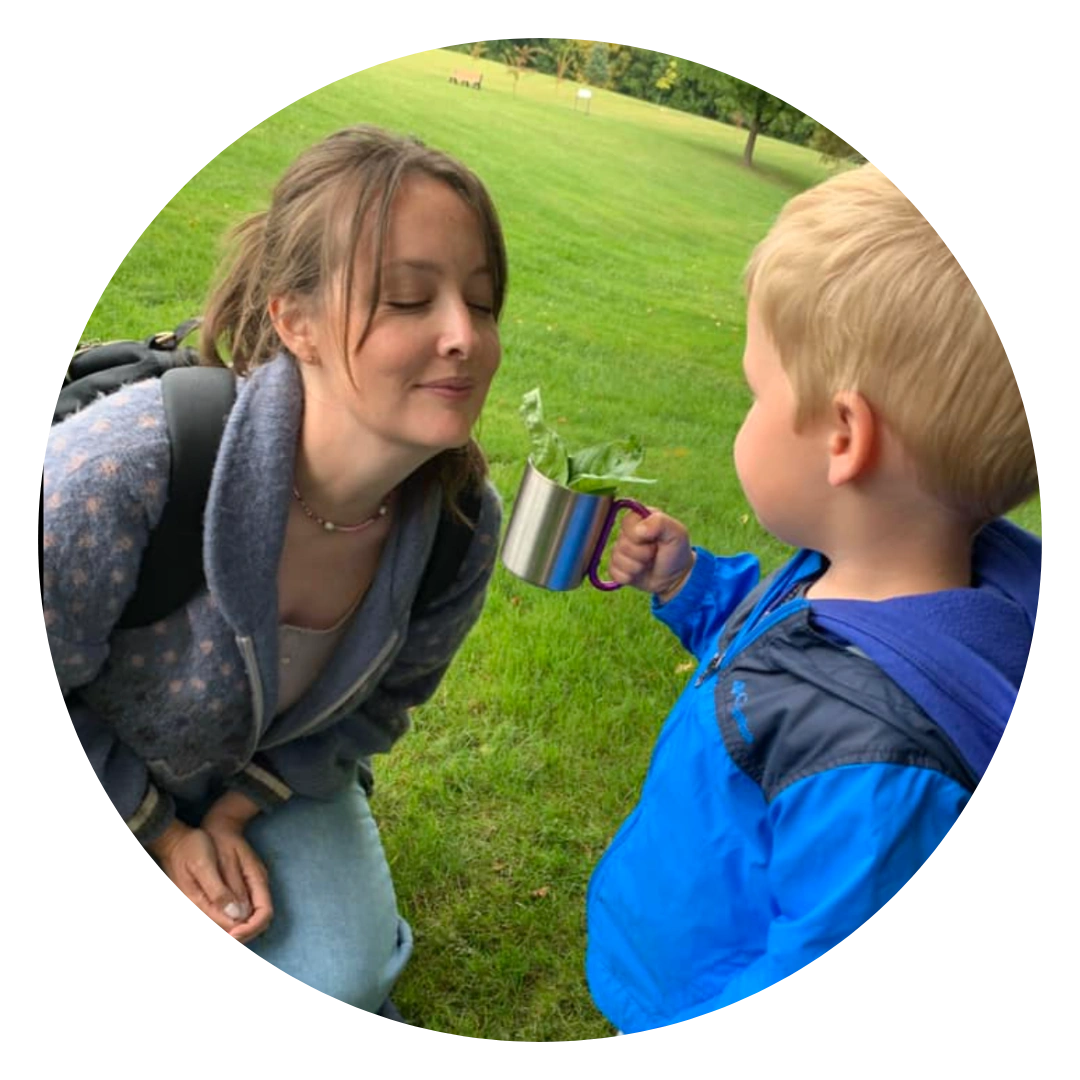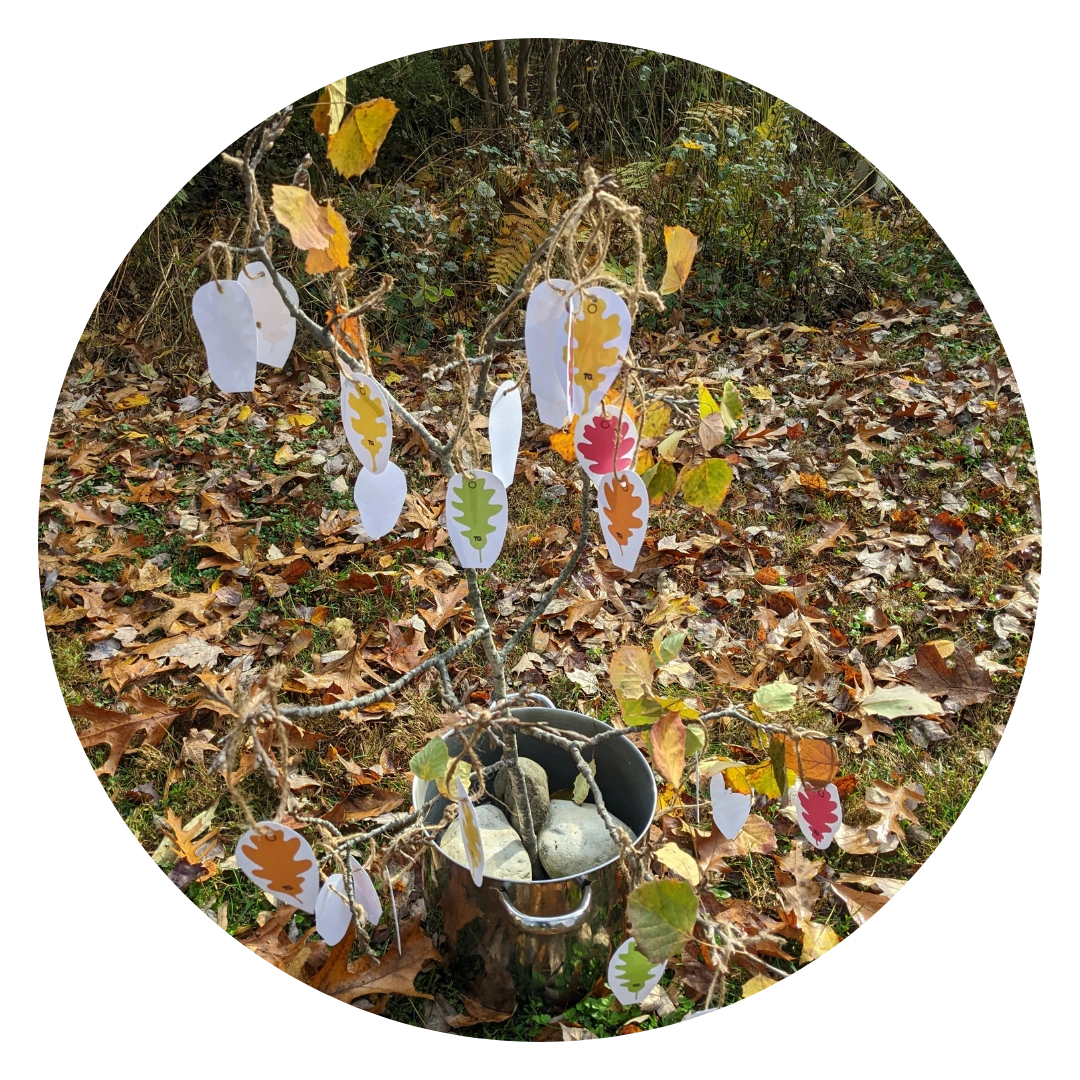When you go on a walk with my youngest, now 9, she'll occasionally still utter her thanks to Mother Nature when she picks up a treasure like a colorful stone or leaf -- something she did all the time when she was a preschooler. I am always tickled to see her so pleased by the beauty in nature, and all the more thrilled that she expresses thanks without being prompted.
Giving thanks plays a big role during the fall holidays, but it’s a practice that our kids -- actually, all of us -- can benefit from year round. Not only does expressing gratitude make us feel more thankful, but it has other positive effects as well—effects that can help us weather all kinds of challenges.
With thanks at the center of the upcoming holiday, now is a great time to incorporate a gratitude practice with your family.
But, what is a gratitude practice?
A gratitude practice is really just the routine act of expressing thanks for the world around us. Such a practice can take many forms. You can take a walk where you and your kids point out the beautiful colors, sounds, scents and textures of the nature in your biome. It could be the habit of naming something you're thankful for before bed or at dinner each day. Or it could be taking the time to write a thank you card to someone in your life.
What are the benefits of starting a gratitude practice?
The research abounds about the benefits of incorporating a gratitude practice into your child’s life, as well as your own. Science shows that people who make noticing, feeling and showing gratitude a part of their daily routine experience a host of positive effects. Gratitude can not only help you sleep better -- which is crucial for kids and parents -- but it can also help you feel more positive emotions and be a more compassionate and kind person. It is even linked to boosts in your immune system.
It also makes sense that gratitude has so many benefits when you consider that it takes great supporting habits in order to practice expressing thanks. For example, considering what you're grateful for has the added bonus of helping you slow down and observe the world more closely. If you’re taking a moment to find something to be thankful for today, you are actually taking intentional time to pause from your busy life, be in the present moment and just notice.
Noticing also tends to activate all of our senses. How brightly colored is this mushroom? How does the clear and crisp air feel on your face? What does the crunch of the dried leaves under your feet sound like? Engaging multiple senses not only helps bring you into the present, but it also plays a big role in brain development.
While noticing is one key element of practicing gratitude, communication is another. Expressing what you’re thankful for encourages the use of rich language. We often use marvelous descriptors in this sharing, exposing kids to rich vocabulary words and giving them a forum to use those kinds of words themselves.
And using that expressive, positive language to describe the world -- emphasizing the good -- greatly influences how we experience our lives. If you want to find reasons to despair, the world will not disappoint you. But when you are oriented toward gratitude, you'll consistently reinforce that the world is good. Darn good.
How can you start or deepen a gratitude practice with your kids?
Modeling gratitude is a great start.
It's easy to teach your child to practice gratitude when you do it yourself. Look for everyday chances to mention how thankful you are for things like the natural world, your community, friends, helpers, or the gift of time together. You can also take chances to express thanks to other people for the help they give to you or your community.
Other ideas:
- Write and send thank you cards.
- Perform small acts of kindness toward the people to whom you are grateful. For example, think about someone you'd like to thank. What would make them smile? Flowers from the garden? A hand drawn picture? A phone call with a happy song? Then, create and deliver that bit of happiness to them.
- You can replicate Tinkergarten's “Thank you, parks” activity we created in honor of National Public Lands Day. Kids write cards to the stewards of their local parks to thank them for all they do to care for the parks we get to enjoy.
Establish gratitude rituals.
Another way to cement a gratitude practice into your child’s life is to establish it as a regular ritual. Whether or not you use Thanksgiving to kick off your practice, you’ll want to make it a regular part of life. At dinner or bedtime ask each other, “What were you thankful for today?” Or take a pause on every hike and engage all your senses to find things for which you can be thankful.
Turn an ordinary jar into a Thankful Jar. Put rubber bands or ribbon around the jar, then add nature treasures like leaves or flowers to the outside of the jar to decorate it. Then, write or draw ideas of things you and kids are grateful for and add them to the jar. Every so often, stop to read and talk and share about the many things you have to be thankful for.
However you choose to share thanks, be patient and keep at it. We have tried a few different approaches along the way, and returning to gratitude has allowed us to create sweet, little moments. It also really shows in our kids, now 9, 11 and 13, who still share what they are grateful for at the end of the day -- not to mention those sweet thank you's to mother nature they drop when they spy something marvelous in their world.
Keep in mind that the feeling of gratitude does take practice. Science has found that the more you practice you have at giving thanks the more naturally you’ll start to feel thankful. The good news is you can easily get started anytime you like.
Thanksgiving and Activities
If you are looking for ways to put thanks back into Thanksgiving, consider this simple Make a Thankful Tree activity. Gather loose branches and place them in a bucket or vase. Cut out paper leaves and welcome all of the members of the family to dictate or write something for which they are grateful on each leaf, then add each leaf to the tree. Do this over the course of days or as part of your Thanksgiving Day celebration.
Or, turn a pumpkin into a Gratitude Pumpkin by drawing or attaching things you and family members are thankful for.
At the end, you’ll all benefit from the positive effects of being thankful, and you’ll have a lovely centerpiece to crown the Thanksgiving table, too.
Gratitude Wishes
No matter who or what you thank, your whole family can benefit from this practice. We wish you the chance to notice, experience and express thanks for that which is around us, between us and within us.





